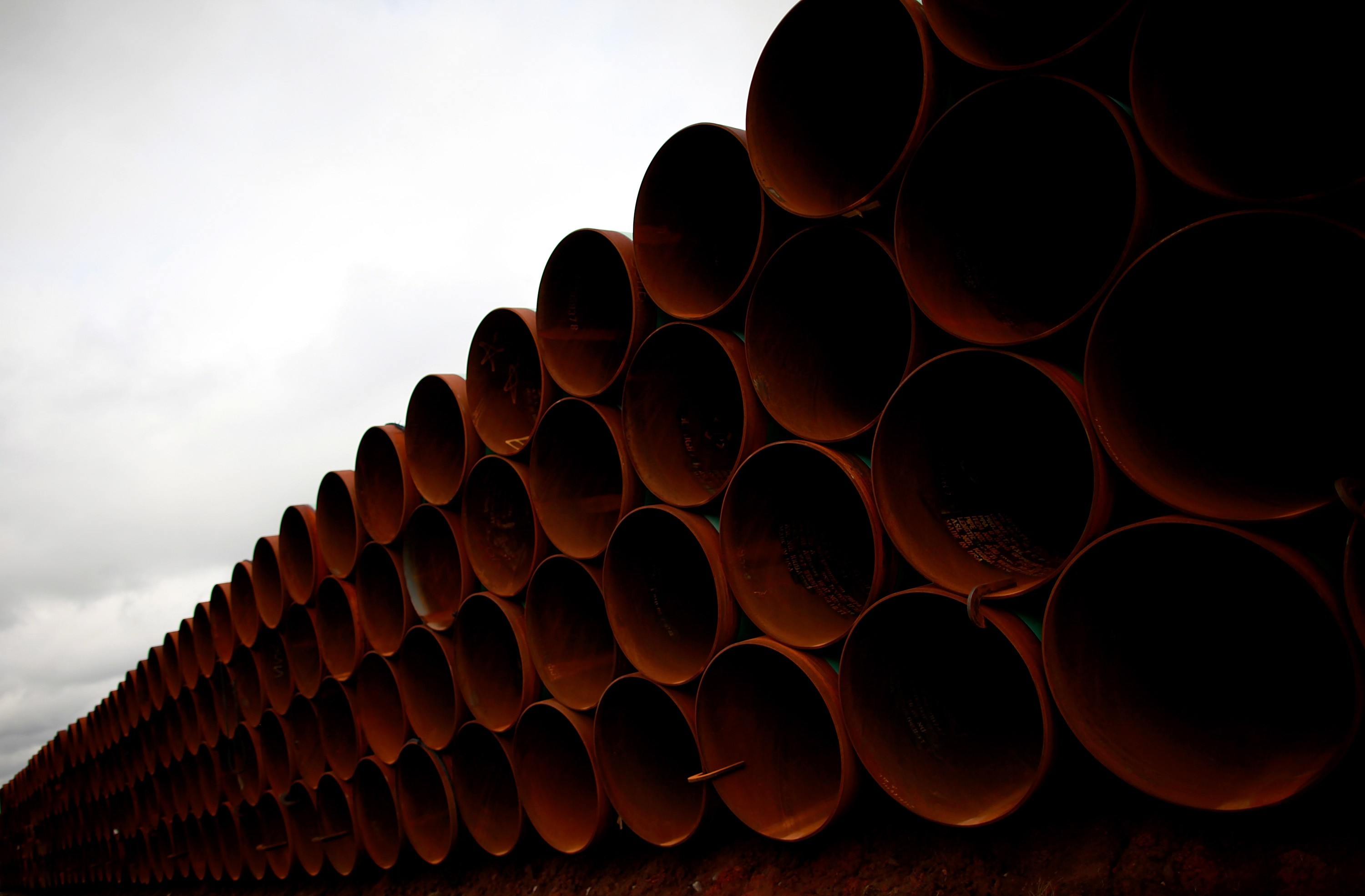You may not know this, but the United States is already the largest natural gas producer in the world, according to the U.S. Energy Information Administration, and is estimated to produce more oil than Russia and Saudi Arabia in 2013.
The U.S. greatly reduced its dependence on foreign energy imports in a very short time. And with what seems to be ever-growing demand for the infrastructure necessary to harvest these resources, there is one particular asset class that has the market cornered: master limited partnerships (MLPs).
These niche operators of pipelines, refineries and storage facilities service the rapidly growing needs of the energy industry here in the U.S. and across North America. But even with this rapid expansion, the total market cap of the 50 largest MLPs combined is still smaller than the market cap of ExxonMobil alone.
Furthermore, the unique tax structure of MLPs, although beneficial to both the company and individual investors, is complicated and can give investors a tax headache.
With all this said, here’s what individual investors need to know about MLPs:
Master limited partnerships are publicly traded equities that you can buy and sell just like regular stocks. They enjoy preferred tax treatment, being exempt from corporate taxes. In order to be considered MLPs for tax purposes, however, these companies must derive at least 90 percent of revenue from activities related to the production, processing or transportation of oil, natural gas and coal.
MLPs are required to pass their profit, or income, on to investor as a “limited partner,” or shareholder, in the company. Between a steady business model and the corporate tax exemption, the average dividend yield on MLPs is almost 6 percent. This makes them a great asset class for income-oriented investors.
One of the most common types of MLPs is what is considered a “midstream” MLP, a company that owns and operates pipelines used to transport oil and natural gas.
These MLPs operate their pipeline businesses like toll roads: They charge a fee to a company producing an underlying commodity to move that commodity from the drill site to a destination where it can be stored, refined, processed or sold. Fee-based, long-term contracts help midstream MLPs generate a consistent cash flow and return on the investment of having built the pipeline.
Furthermore, this model allows for distributions to be consistent and steadily increased. By and large, MLPs target an annual distribution growth rate in the mid-single digits.
Read the rest of this article on CNBC’s website.
More from CNBC:
Investors have “alternative” options
Alternative investing in art, antiques
Oil market rollercoaster ride not over: IEA

